Rectus abdominis muscle
Table of Contents
Introduction:
The rectus abdominis muscle also termed as the “abdominal muscle” or simply “abs”, is a paired of straight muscle.There are 2 parallel muscles which is separated by a midline band of connective tissue called the linea alba. It extends from the pubic symphysis, pubic crest & pubic tubercle inferiorly, to the xiphoid process & costal cartilages of ribs 5 to 7 superiorly.The proximal attachments are the pubic crest and the pubic symphysis. It attaches distally at the costal cartilages of ribs 5-7 & the xiphoid process of the sternum.
The abdominal muscles form the anterior & lateral abdominal wall & consist of the external abdominal obliques, the internal abdominal obliques, the rectus abdominis & the transverse abdominis. Acting together these muscles form a firm wall that protects the viscera & they help to maintain erect posture. In addition the contraction of these muscles helps in expiration & to increase the intra-abdominal pressure such as in sneezing, coughing, micturating, defecating, lifting & childbirth.
The rectus abdominis muscle contained in the rectus sheath, which consists of the aponeuroses of the lateral abdominal muscles & the outer most lateral line defining the rectus is the linea semilunaris. Bands of connective tissue transverse the rectus abdominis, separating it into distinct muscle bellies. In the abdomen of the low body fat people, these muscle belly can be naked externally. They can appear in sets of few or 2 to as many of 12, although six is the most common.
It is a very long flat muscle, which extends along the whole length of the front of the abdomen & is separated from its fellow of the opposite side by the linea alba.It is typically around 10 mm thick.
Origin of Rectus abdominis muscle:
The muscle originates as 2 tendinous head,
a) Medial head from the anterior pubic ligament
b) Lateral head from the lateral part of the pubic crest
Insertion of Rectus abdominis muscle:
The muscle inserts on the front of the wall of the thorax along a horizontal line passing laterally from the xiphoid process & 7th, 6th & 5th costal cartilages.
Nerve supply:
The muscles are innervated by thoraco-abdominal nerves & these are continuations of T7-T11 intercostal nerves & pierce the anterior layer of the rectus sheath.
Sensory is deliver from 7th-12th thoracic nerves.
Blood supply:
The rectus abdominis has many sources of arterial blood supply.
Classification of blood supply of muscle:
a. inferior epigastric artery which serve the lower part of the muscle
b. superior epigastric artery which serve the upper part of the muscle
Action:
The action of this muscle are :
- act for the support of abdominal viscera.
- helps in expulsive acts like micturation, dafaecaton, parturition & vomiting etc.
- helps in producing forceful expiration like in coughing, sneezing, blowing, shouting, etc.
- helps in trunk movement mainly in the trunk rotation & flexion.
Function of Rectus abdominis muscle:
It’s a vital postural muscle. It plays a crucial role in flexing the lumbar spine & when doing a crunch.
It assists in esoiratory & plays an crucial role in respiration when forcefully exhaling, such seen after exercise furthermore as in conditions where exhalation is difficult like in emphysema.
It also helps keep the inner organs intact & in creating intra-abdominal pressure, like when exercising or lifting heavy weights, during forceful defecation or parturition (childbirth).
Clinical importance:
Diastasis recti could be a common condition in pregnant & postpartum people. It occurs when the rectus abdominis muscle separate during pregnancy from being stretched. The separation can make somebody’s belly stick out or bulge for months or years postpartum
The abdominal strain, also known as pulled striated muscle. A muscle strain occurs when the muscle is being more stretched. When it occurs the muscle fibers are torn most typically, a strain causes microscopic tears within the muscle, but occasionally, in crucial injuries, the muscle can rupture from its attachment.
A rectus sheath hematoma is an accumulation of blood within the sheath of the rectus abdominis muscle. It causes abdominal pain with or without a mass. The hematoma was also caused by either rupture of the arterial blood vessel or by a muscular tear. Causes of this include anticoagulation, coughing, pregnancy, abdominal surgery & trauma. Most hematomas resolve without treatment, but they will take several months to resolve.
Exercise of Rectus abdominis muscle:
1. Forearm Plank:
Lie down with forearms on the floor & elbows beneath shoulders & legs extended behind you.
Rise up on your toes so that only your forearms & toes touch the floor, your body will be in a straight line a few inches off the floor.
Bring belly button to spine, by contracting the deep abdominal muscles & tighten the buttocks & upper body.
Hold this position for 30-60 seconds prior returning to the starting position.
2.Reverse Crunch:
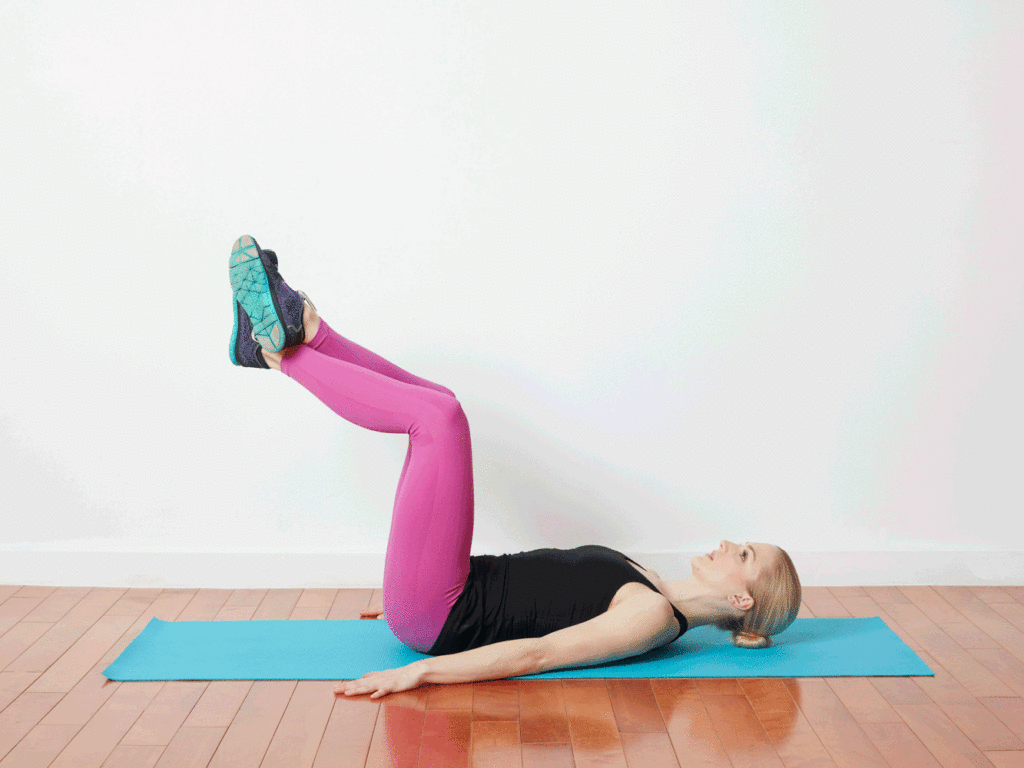
Lie down on your back with knees bent & thighs perpendicular to the ground, hands at your sides, & feet on the floor.
Contract your abdominal muscles & raise your hips toward your rib cage. It will lift the tailbone off to the ground & bring knees towards your chest.
Hold in this position for two counts. Slowly lower back to starting position.
Do 10 to 15 repetitions.
3.Scissor Flutter Kicks:
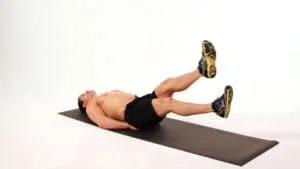
Lie down on your back with legs extended, arms by the sides. By using an exercise mat will help reduce the pressure on lower back.
Press your lower back into the mat & tuck your pelvis. This will help to engage your core.
Lift both legs off the mat, about 6-10 inches from the floor. Person should not feel pain in the lower back.
Lower one leg toward the floor. As one leg gets close to the floor, lift the other leg up.
Continue scissoring your legs by slowly switching them up & down.
Do 15 to 20 repetitions.
4.Toe Taps:
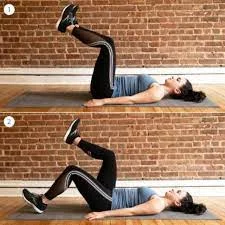
Toe taps are a Pilates-based move that makes a great addition to the rectus abdominis exercises. You may also see them termed heel taps.
Lie down on back with your knees bent & feet lifted into a tabletop position.
Press your lower back into the mat & engage your core.
Slowly lower the right foot until your toe taps the floor. Your foot should be in a flexed position. Contract your abdominal muscles & raise your right foot back up to the tabletop. Repeat on the left side.
Do 10 repetitions per side.

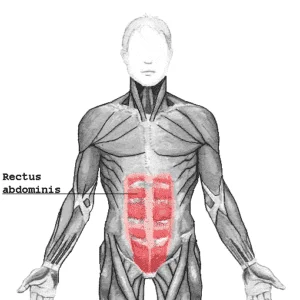
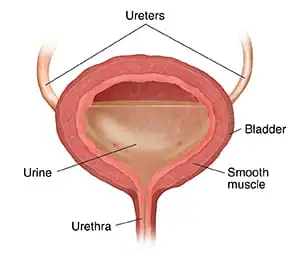
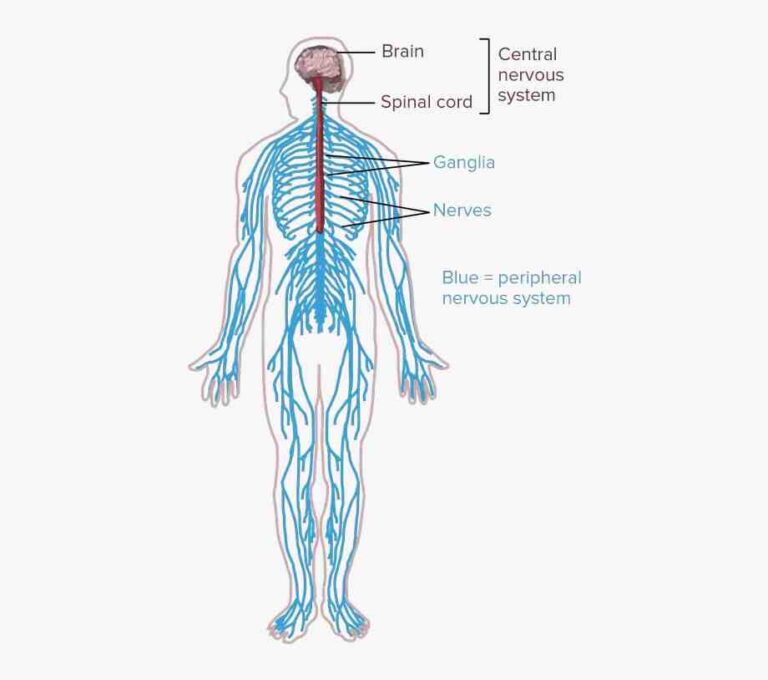
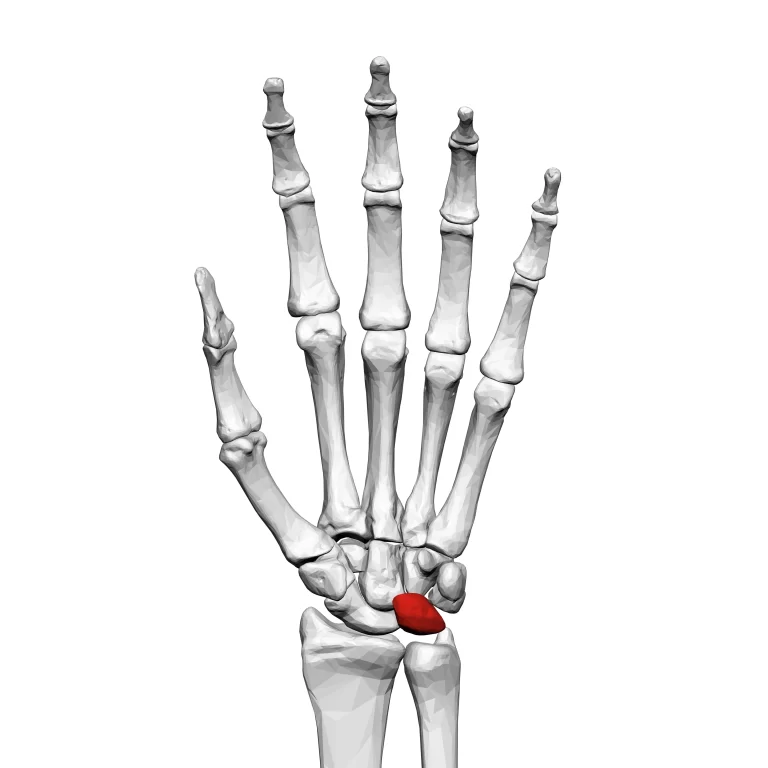
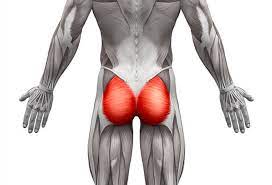

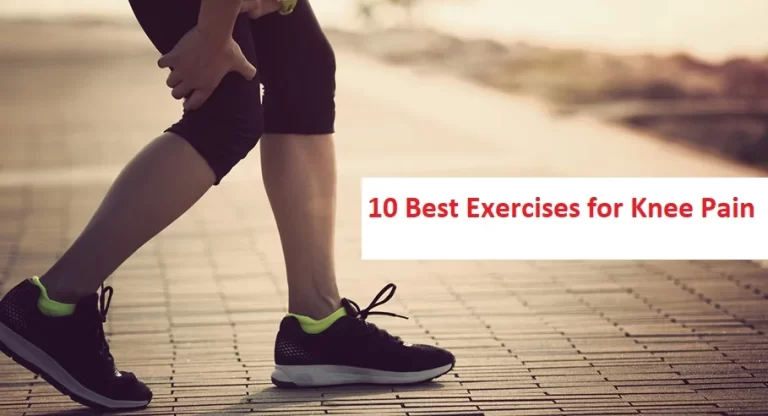
14 Comments